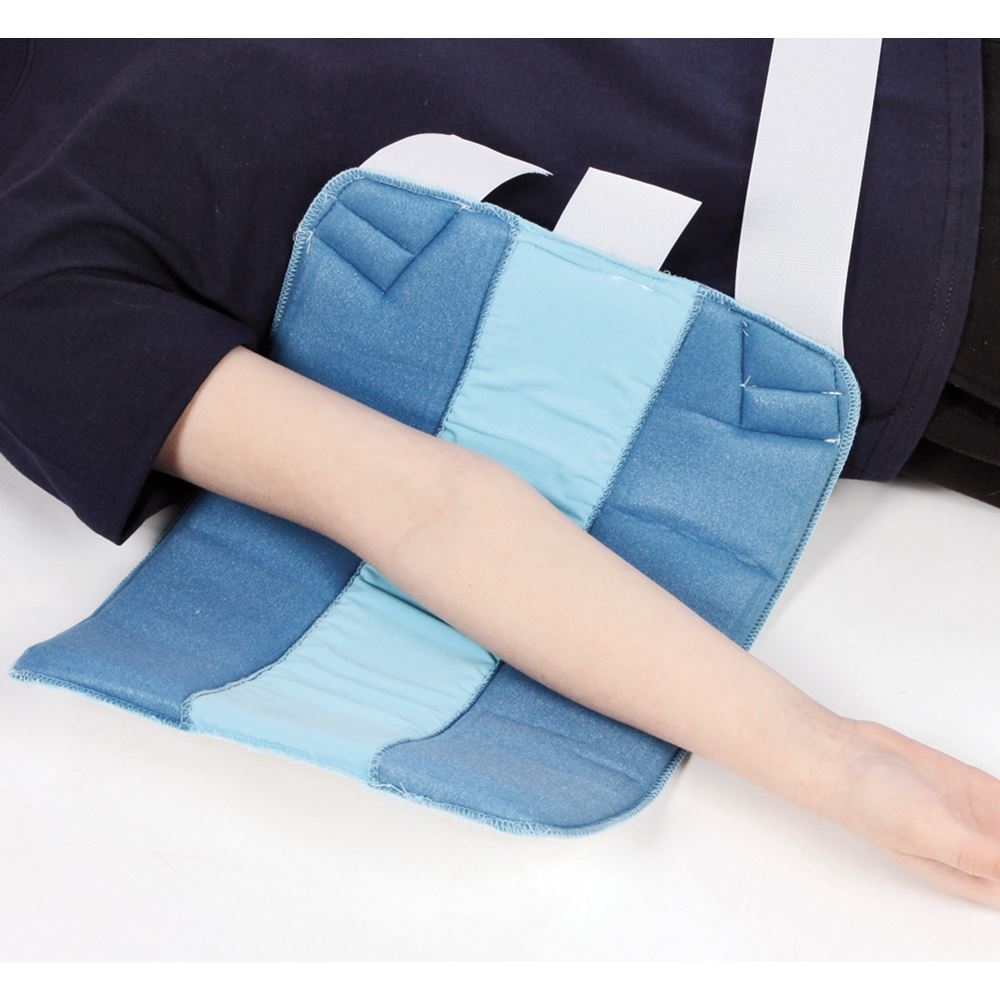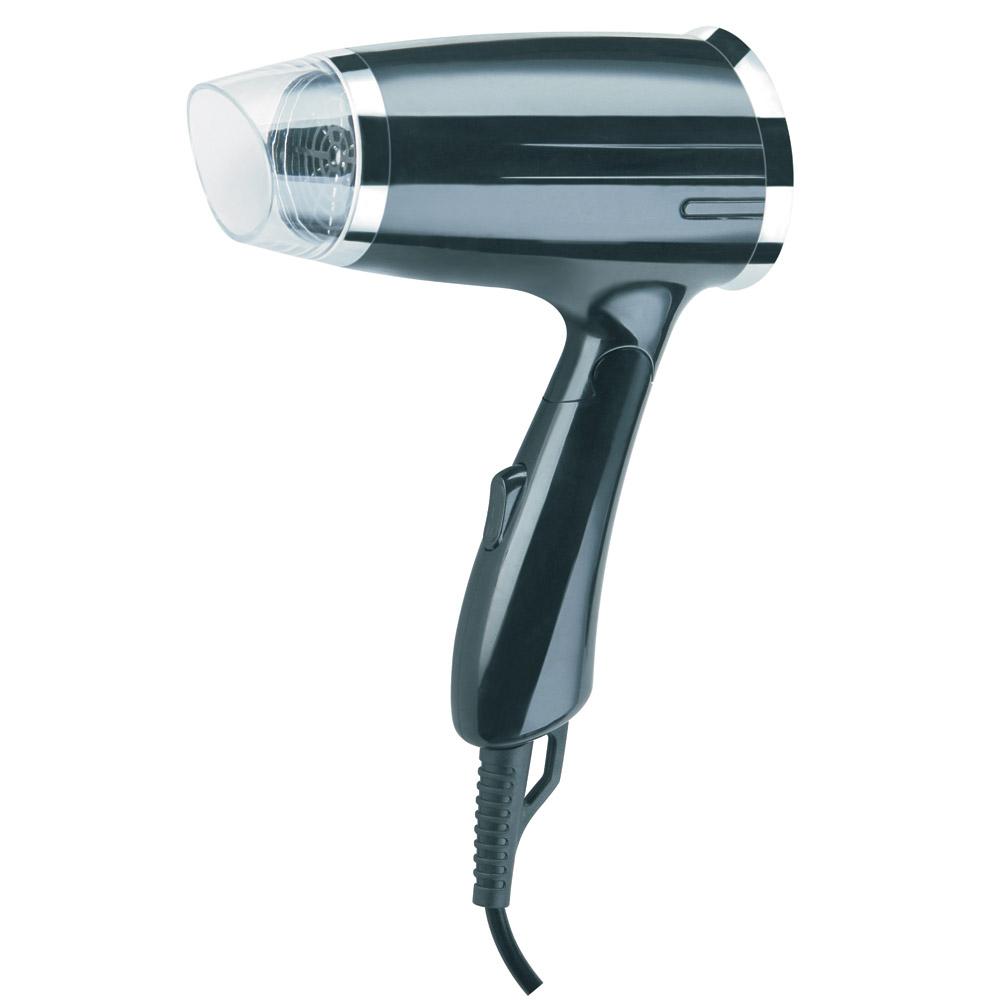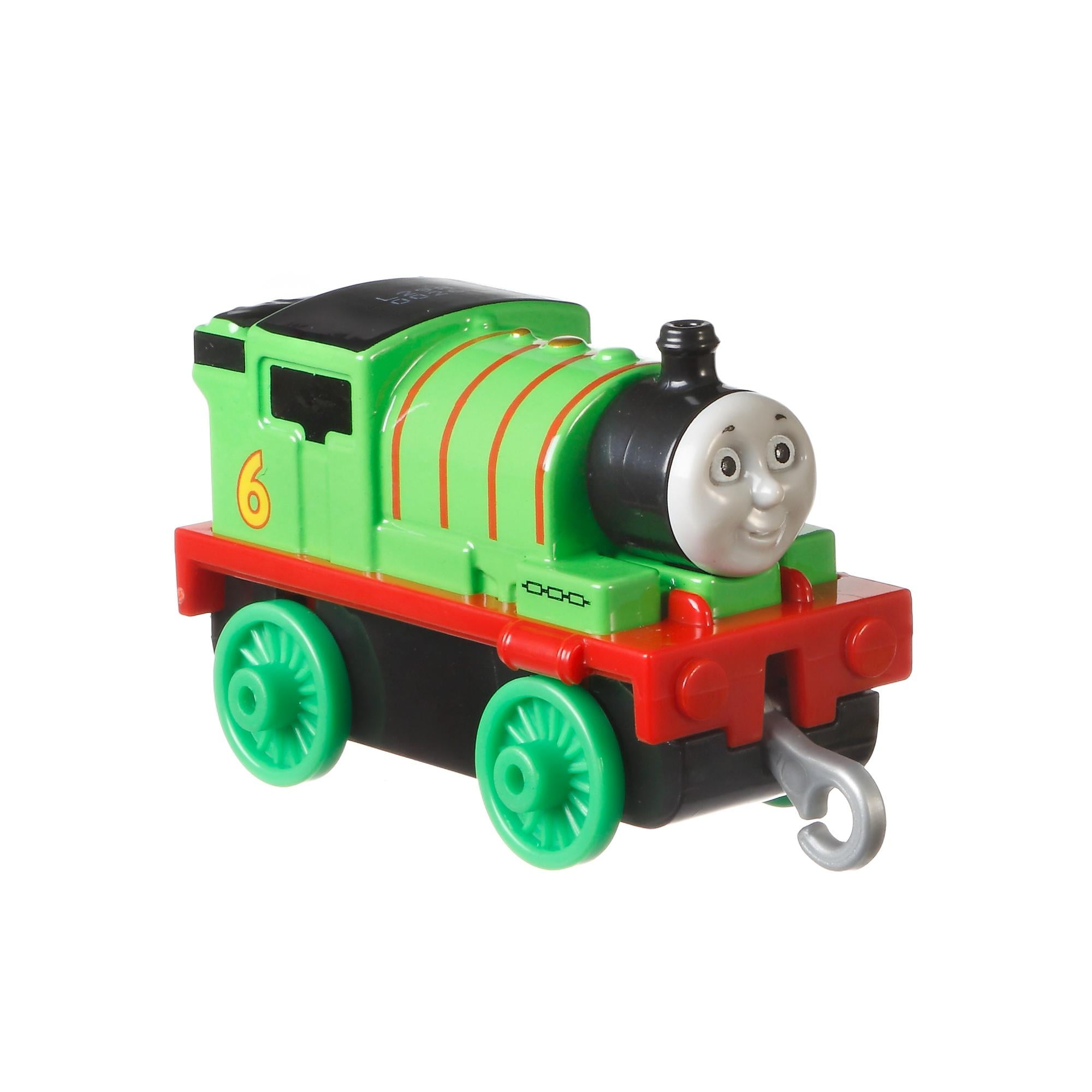Elbow restraints for pediatrics
Elbow Restraints For Pediatrics. 2” wider on one side with 4” velcro. Available in solids and prints. Velcro width allows adjustment around arm. Simply wrap around arm, overlap velcro to secure.
 Official Thumb Sucking Guard 1 Elbow & Arm Restraint for Kids From braceability.com
Official Thumb Sucking Guard 1 Elbow & Arm Restraint for Kids From braceability.com
The cool ventilated areas allow air flow to the skin which actually provides the feel of not wearing arm restraints other than not being able to bend your arms. Fast and easy to use. A number of years ago, jcaho told us that arm boards on neonatal ivs were considered restraints. Regarding the use of pacifiers and arm restraint policies, one study (assunçao et al., 2005) mentioned no pacifier policy during the first 30. The treatment team includes doctors and nurses. This article provides background information concerning the use of restraints with the pediatric population, the impact these devices have on children, and the possible alternatives that have been identified.
The cool ventilated areas allow air flow to the skin which actually provides the feel of not wearing arm restraints other than not being able to bend your arms.
The most widely used pediatric arm immobilizers, also, referred to as pediatric splints. The use of restraints in a pediatric population kimberly allan. Restraints are used as a last choice. The most widely used pediatric arm immobilizers, also, referred to as pediatric splints. Based on that tidbit, i�m sure elbow splints would be considered restraints as well. All of our pediatric arm immobilizers are sold in pairs.
 Source: braceability.com
Source: braceability.com
Even a large pair can easily fit into a standard white letter envelope. The lines assess the geometric relationship of one bone to the other. All of our pediatric arm immobilizers are sold in pairs. Elbow immobilizers (welcome sleeves) elbow immobilizers (also known as welcome sleeves) are put on the arms of infants and young children following certain types of surgeries or procedures. The welcome sleeves are worn to prevent the child from bending their elbows and touching the surgical repair or important medical device.
 Source: alimed.com
Source: alimed.com
Snuggle wraps pediatric arm immobilizers are the cool and comfortable solutions for when your child is required to wear arm restraints. This article provides background information concerning the use of restraints with the pediatric population, the impact these devices have on children, and the possible alternatives that have been identified. We work with hospitals, doctors offices, and schools all. To ensure child’s safety and comfort. Fits over clothing or chubby kids.
 Source: braceability.com
Source: braceability.com
I�m sure jcaho would view them as restraints. Simply wrap around arm, overlap velcro to secure. A number of years ago, jcaho told us that arm boards on neonatal ivs were considered restraints. Snuggle wraps arm immobilizers / arm restraints are ultra thin! The use of restraints in a pediatric population kimberly allan.
 Source: braceability.com
Source: braceability.com
Purposes of restraints to limits the child’s movements during procedure that may harm or injure the baby. So thin, they can easily be worn under or over a long sleeve shirt. 2” wider on one side with 4” velcro. Snuggle wraps arm immobilizers / arm restraints are ultra thin! We now have flannel options in blue, pink, and purple!
 Source: braceability.com
Source: braceability.com
Be sure to document as such. Fits over clothing or chubby kids. At times, they can help nurses and doctors provide care. We will include a family member when we can. The lines assess the geometric relationship of one bone to the other.
 Source: amazon.in
Source: amazon.in
Velcro width allows adjustment around arm. The use of restraints in a pediatric population kimberly allan. The most widely used pediatric arm immobilizers, also, referred to as pediatric splints. Who decides restraints are needed? The welcome sleeves are worn to prevent the child from bending their elbows and touching the surgical repair or important medical device.
Source: ebay.co.uk
Your baby will be coole. We work with hospitals, doctors offices, and schools all. Home / deroyal patient protection / pediatric elbow immobilizers. Restraints are used as a last choice. Fast and easy to use.
 Source: braceability.com
Source: braceability.com
The anterior humeral and radiocapitellar lines are used to assess elbow alignment. Simply wrap around arm, overlap velcro to secure. Fast and easy to use. Velcro width allows adjustment around arm. Fits over clothing or chubby kids.
 Source: desertcart.ae
Source: desertcart.ae
At times, they can help nurses and doctors provide care. Our arm immobilizers are also referred to as pediatric arm restraints and/or splints. Simply wrap around arm, overlap velcro to secure. Simply wrap around arm, overlap velcro to secure. Velcro width allows adjustment around arm.
 Source: amazon.com
Source: amazon.com
Snuggle wraps pediatric arm immobilizers are the cool and comfortable solutions for when your child is required to wear arm restraints. No rivets to avoid irritating irritate delicate skin. Our arm immobilizers are also referred to as pediatric arm restraints and/or splints. The welcome sleeves are worn to prevent the child from bending their elbows and touching the surgical repair or important medical device. Washable and reusable for savings.
 Source: amazon.com
Source: amazon.com
The welcome sleeves are worn to prevent the child from bending their elbows and touching the surgical repair or important medical device. At times, they can help nurses and doctors provide care. A number of years ago, jcaho told us that arm boards on neonatal ivs were considered restraints. Based on that tidbit, i�m sure elbow splints would be considered restraints as well. The cool ventilated areas allow air flow to the skin which actually provides the feel of not wearing arm restraints other than not being able to bend your arms.
 Source: amazon.com
Source: amazon.com
A number of years ago, jcaho told us that arm boards on neonatal ivs were considered restraints. All of our pediatric arm immobilizers are sold in pairs. The most widely used pediatric arm immobilizers, also, referred to as pediatric splints. Definition of restraints a device which limits or prevents freedox of movement. 2” wider on one side with 4” velcro.
 Source: braceability.com
Source: braceability.com
Elbow restraints is used to prevent the infant from flexing his elbow so that he is unable to remove the nasogastric tube or scalp vein ; Velcro width allows adjustment around arm. Restraints are used as a last choice. Elbow restraints is used to prevent the infant from flexing his elbow so that he is unable to remove the nasogastric tube or scalp vein ; So thin, they can easily be worn under or over a long sleeve shirt.
 Source: braceability.com
Source: braceability.com
Purposes of restraints to limits the child’s movements during procedure that may harm or injure the baby. The lines assess the geometric relationship of one bone to the other. The use of restraints in a pediatric population kimberly allan. Even a large pair can easily fit into a standard white letter envelope. Snuggle wraps are pediatric elbow immobilizers for kids and babies.
 Source: ebay.co.uk
We now have flannel options in blue, pink, and purple! At times, they can help nurses and doctors provide care. Snuggle wraps pediatric arm immobilizers are the cool and comfortable solutions for when your child is required to wear arm restraints. So thin, they can easily be worn under or over a long sleeve shirt. Fast and easy to use.
 Source: desertcart.ae
Source: desertcart.ae
Home / deroyal patient protection / pediatric elbow immobilizers. 2” wider on one side with 4” velcro. Washable and reusable for savings. Home / deroyal patient protection / pediatric elbow immobilizers. The most widely used pediatric arm immobilizers, also, referred to as pediatric splints.
 Source: braceability.com
Source: braceability.com
The welcome sleeves are worn to prevent the child from bending their elbows and touching the surgical repair or important medical device. 2” wider on one side with 4” velcro. Definition of restraints a device which limits or prevents freedox of movement. This article provides background information concerning the use of restraints with the pediatric population, the impact these devices have on children, and the possible alternatives that have been identified. To ensure child’s safety and comfort.
 Source: rehabmart.com
Source: rehabmart.com
The use of restraints in a pediatric population kimberly allan. We now have flannel options in blue, pink, and purple! To ensure child’s safety and comfort. Our arm immobilizers are also referred to as pediatric arm restraints and/or splints. Your child’s treatment team will decide to use restraints.
If you find this site adventageous, please support us by sharing this posts to your favorite social media accounts like Facebook, Instagram and so on or you can also save this blog page with the title elbow restraints for pediatrics by using Ctrl + D for devices a laptop with a Windows operating system or Command + D for laptops with an Apple operating system. If you use a smartphone, you can also use the drawer menu of the browser you are using. Whether it’s a Windows, Mac, iOS or Android operating system, you will still be able to bookmark this website.






